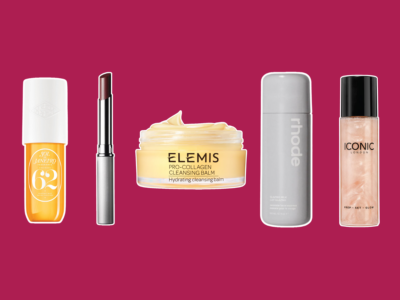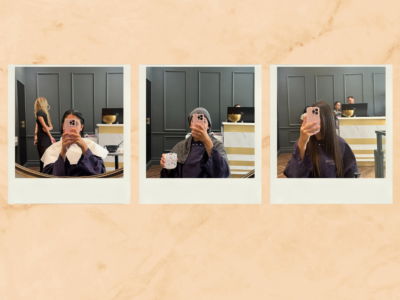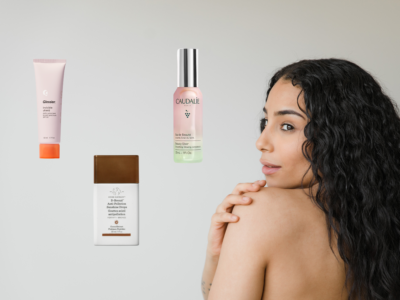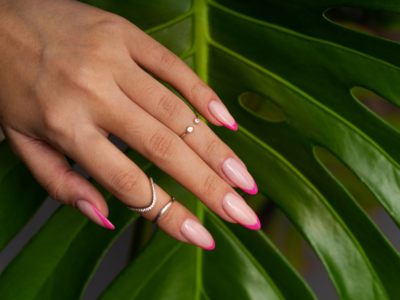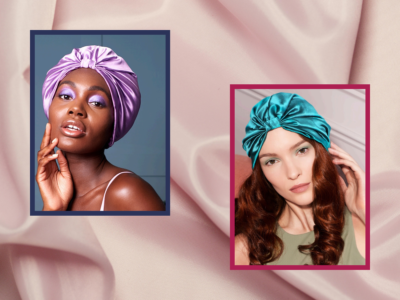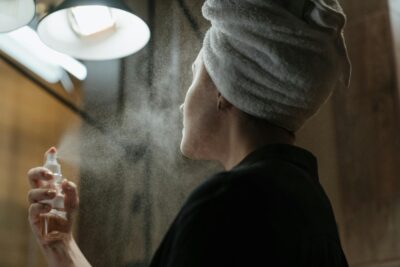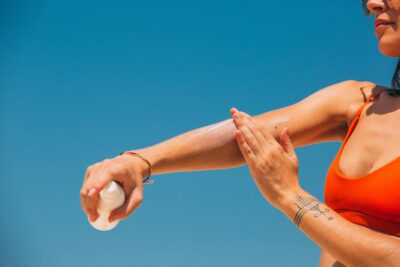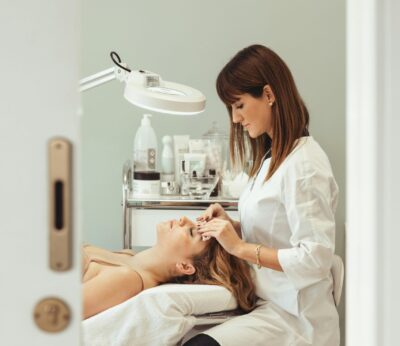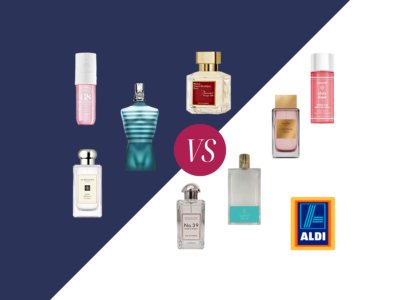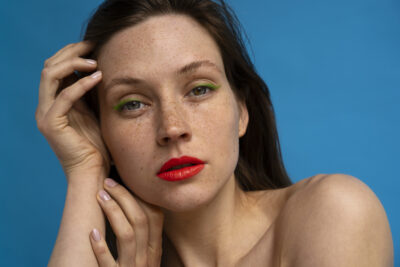Facial acupuncture promises to slow ageing and reduce muscle movement, much like Botox, but does it really work?
Acupuncture has been around for centuries and remains popular today. A practice embedded in traditional Chinese medicine where thin needles are inserted into the body, research suggests it is proven to ease pain, stiffness, and anxiety. Available on the NHS for pain relief, it’s commonly sought out in private clinics for mind and body benefits but, more recently, for facial contouring too.
Facial rejuvenation is apparently achieved by inserting acupuncture needles at different points along designated channels in the face, reportedly decreasing wrinkles and improving texture. In 2013, a study measured the effect of facial acupuncture after five treatments and reported ‘promising results as a therapy for facial elasticity’ with evidence of skin tightening across the face.
Ayurvedic acupuncture
Acupuncture also has roots in Ayurveda, an ancient holistic health system from the Indian subcontinent, which is still practiced in India and Nepal, where around 80% of the population use ayurvedic therapies. In Ayurveda practices, acupuncture is known as marmapuncture but follows the same principles – needles are inserted at specific points and left for approximately 20 minutes before being removed.
The aims of marmapuncture are relatively simple and similae to Chinese medicine: restoring internal energetic balances of the body which are displaced through daily stresses and strains of modern living such as diet, lifestyle, pollution and travel. I met with Dr Nitasha Buldeo, who practices ayurvedic medicine and marmapuncture, to find out how it’s used today for the face and put it to the test.
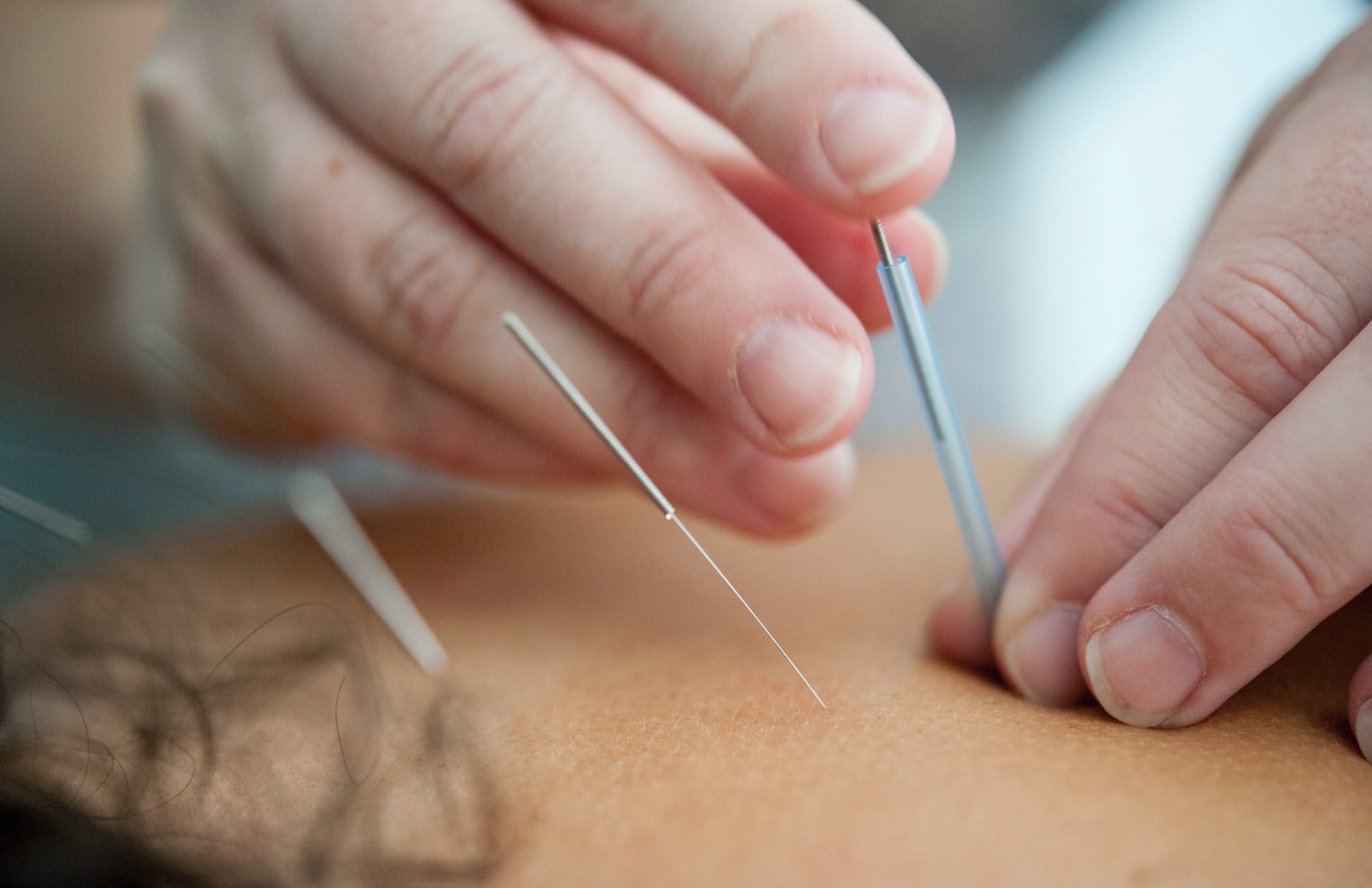
Body benefits of marmapuncture
Even when going for a facial treatment, the practitioner should always treat the entire body to allow for energy flow — known as prana in ayurvedic medicine — to be corrected throughout. The insertion of needles on specific marma points – where two or more types of tissue meet, such as a muscle – encourages the flow of energy between them, which controls health and wellbeing. One common marma point is the centre of the forehead (called Sthapani marma), believed to affect the brain, mind and nerves.
In ayurvedic medicine, there are three dosha (body types) that govern not only your health but your characteristics: vata (air), pitta (fire), and kalpha (water and earth).
Nitasha assessed me as having two dosha, vata and pitta, and then reeled off a list of characteristics that summed me up exactly. But with two jarring dosha, I was very much in need of some balance, so she set about placing needles in my body — by the time she got to my face, a sense of calm had washed over me.
“The metaphysical feeling of elation that can follow acupuncture is simply the result of the stimulation of nerves and nerve impulses,” she explains, which is what relives pain. “In truth, there’s nothing spiritual about acupuncture, though some confuse the rush of endorphins associated with it as a spiritual experience.”
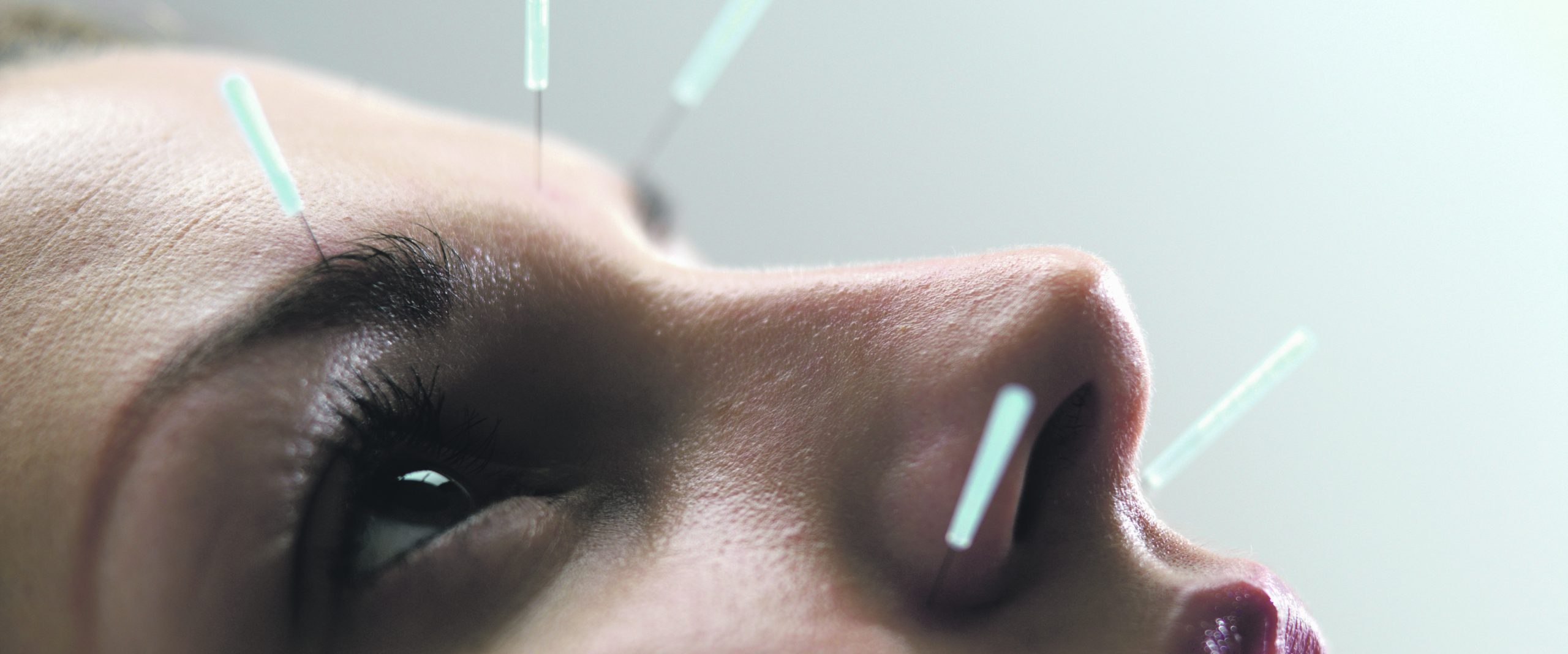
Facial acupuncture and pro-ageing
“The insertion of needles has multiple benefits for skin and muscles,” Nitasha explains. “Because it stimulates circulation and lymph drainage, correctly placed needles can immediately improve complexion and skin appearance.” This happens as a result of the needle breaking the skin, as the body triggers a repair reaction sending more blood — and sometimes producing more collagen and elastin — to heal the broken skin. Through stimulating the skin and muscle tissues with the needles, it claims to tone your facial muscles to make them firm and improve the appearance of sagging skin.
In regards to it’s supposed Botox effects, by penetrating muscles with acupuncture needles it’s said to relax them. This benefit led to facial acupuncture being dubbed ‘natural Botox’. But it can both relax and lift. During my treatment, for example, Nitasha sought to relax my forehead muscles — where a frown line is forming — but tighten the muscles around my cheeks.
Intensely relaxed by the end, my hopes were high for the results. I’d much rather spend my money on a wrinkle-busting treatment as relaxing as this then the slightly more painful Botox injections. However, at the Nitasha placed some masking tape in between my eyebrows, in a bid to keep my frown line relaxed after leaving (which I wasn’t very pleased about on the train home). Within 20 minutes of leaving, not only was I frowning as per usual but my forehead and the tape upon it was wrinkled.
So, do I think acupuncture can rival Botox? Absolutely not. Certainly not after one treatment. I imagine it’s something you’d need to do frequently and even then, it isn’t going to stop expression lines like the paralysing effects of Botox.


